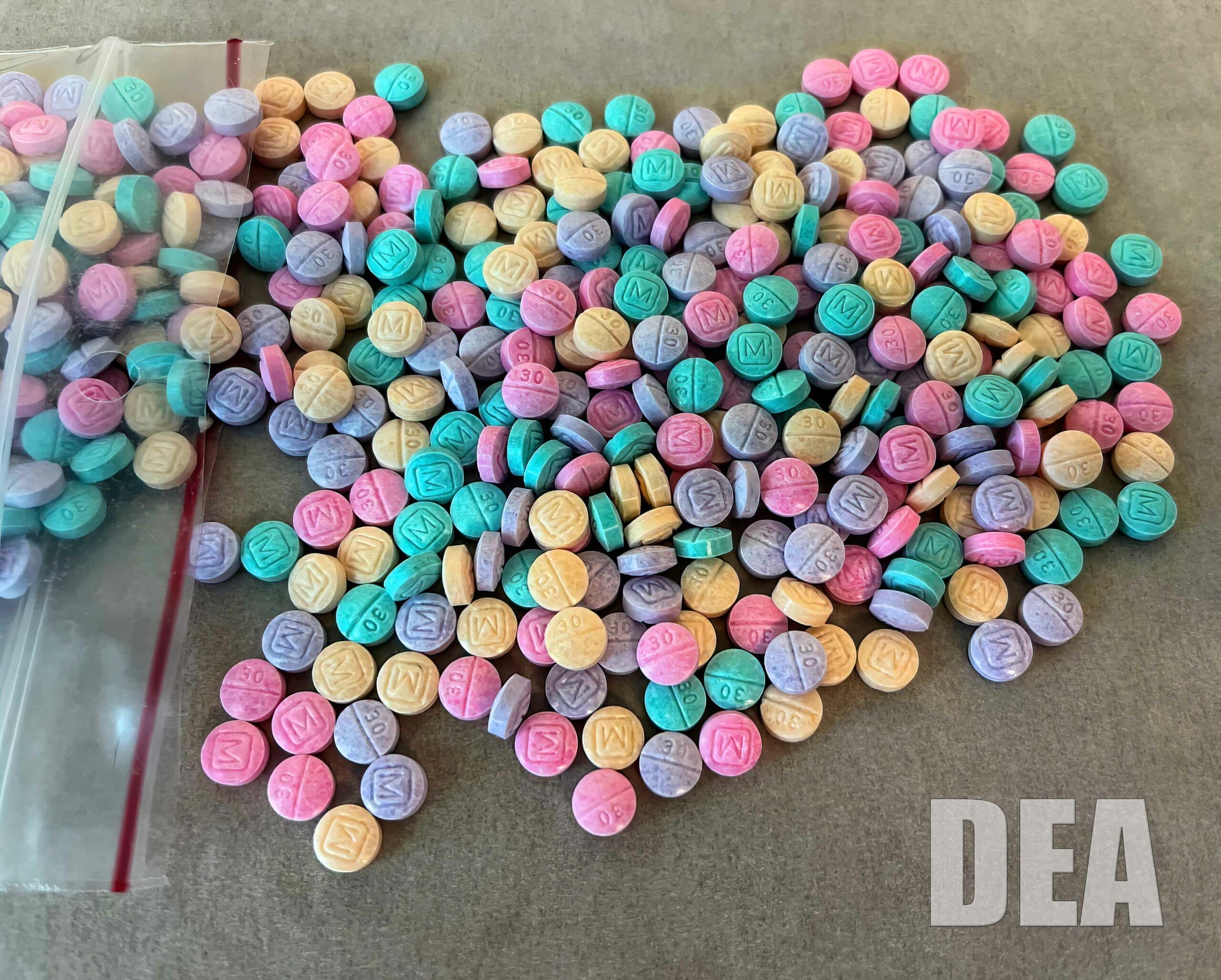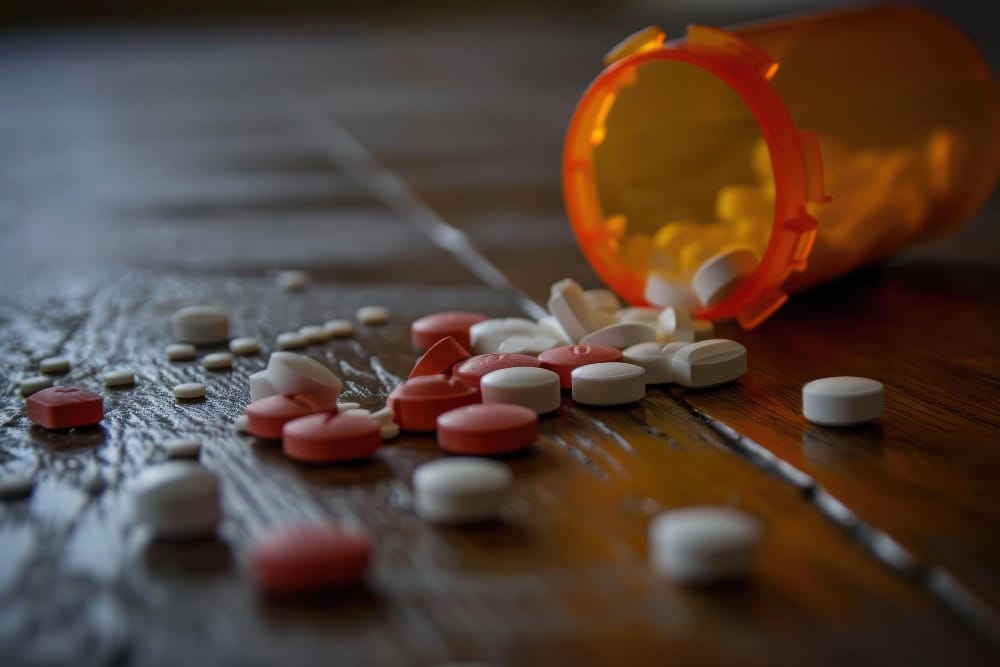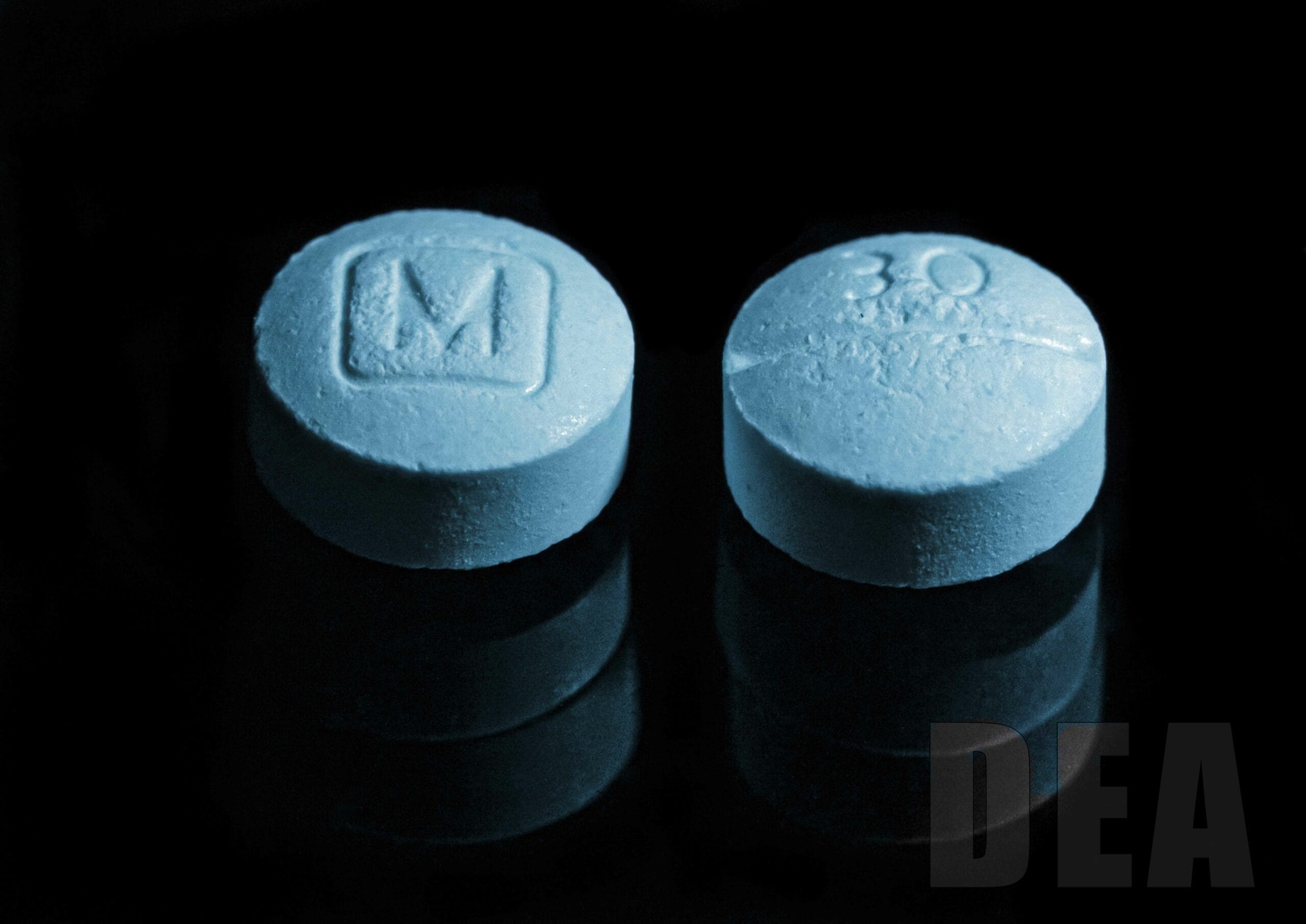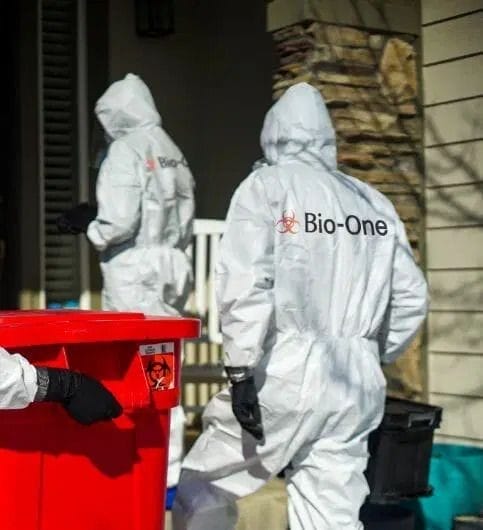
The opioid crisis continues to devastate communities across the globe, but within this complex issue, one substance stands out as particularly lethal: fentanyl. As public health advocates, substance abuse professionals, community leaders, or even homeowners or heads of household, understanding why fentanyl is more dangerous than other opioids is crucial in combatting this epidemic.
An Ongoing, Increasing Worldwide Crisis
The fentanyl epidemic has become one of the most pressing public health challenges of our time. In 2020, over 91,000 people died from a drug overdose in the United States, and an astonishing 76% of those deaths involved an opioid. Within this staggering statistic, the prevalence of fentanyl—a synthetically manufactured opioid that is 50 to 100 times more potent than morphine—cannot be overlooked.
It is not just a public health issue; it's a crisis that demands focused attention and multifaceted solutions. In this article, we'll explore four key reasons why fentanyl is proving to be more dangerous than other opioids, offering insights that your community or your family can leverage to better understand and address this growing threat.

Reason 1: Potency
Fentanyl's potency is the primary factor that distinguishes it from other opioids. Originally developed to treat severe pain in cancer patients, Fentanyl is a synthetic opioid. However, its introduction to the illegal drug market has created a potent and deadly substance.
To contextualize fentanyl's strength, it's important to understand its potency. When we compare dosages, it takes significantly less fentanyl than heroin or morphine to elicit the same analgesic response. People who are accustomed to other opioids can easily overdose on fentanyl if it enters their systems without their knowledge.
Impact on Overdose Risk
The high potency of fentanyl contributes directly to the heightened risk of overdose. Users may not be aware that their "regular" dosage of a different opioid now contains a potent fentanyl dose, leading to respiratory failure, a common cause of opioid overdoses. Manufacturers and dealers often mix fentanyl into other drugs, such as heroin and cocaine, to increase potency and induce a more intense—and lethal—high.
Related news: 4 Fentanyl Exposure Symptoms & How to Stay Safe
Reason 2: Availability
The second reason fentanyl is so dangerous is its availability on the market. Fentanyl is not only potent; it is also widespread, making it far easier for people to come into contact with this dangerous drug.
The Explosion of Fentanyl Use
Over the past decade, the fentanyl epidemic has skyrocketed. This is due in part to fentanyl's low production costs for manufacturers. These economic incentives, unfortunately, have led to a flood of fentanyl in illegal drug markets, leading to an increase in overdose deaths.
The Role in Rising Overdose Rates
The availability of fentanyl, especially in its undiluted form, has had a staggering impact on overdose rates. Public health officials have seen a notable spike in fatalities where fentanyl has been detected, suggesting that overdoses linked to fentanyl are often more severe and less likely to be successfully reversed with naloxone, the overdose antidote.
Reason 3: Illicit Production
Fentanyl's illegitimate production is the third danger area. Manufacturers often produce the drug illicitly in unregulated environments, leading to its inconsistent potency and quality, which increases its danger. The manufacturing processes are often uncontrolled, causing variations in drug purity and potency. These inconsistencies mean that individuals who use fentanyl have little idea of the strength of the dose they are taking, which significantly increases the risk of overdose.

Flowing Across Borders
Manufacturers often produce fentanyl in one country and traffic it to many others due to its potency and ease of manufacturing, which contributes to its status as a global problem. This international underground market makes it difficult to regulate or control, further complicating prevention strategies and law enforcement efforts.
Reason 4: Mixing with Other Substances
The tendency of fentanyl to mix with other substances, especially those known for their overdose risks, amplifies the complexity and hazards associated with the drug.
The Phenomenon of Cutting
Drug dealers and traffickers "cut" other drugs with fentanyl to increase profits and potency. This means that substances such as heroin or cocaine may contain varying amounts of fentanyl, which can be lethal for unsuspecting users. This adulteration increases the unpredictability and danger of these drugs, leading to higher chances of accidental overdose.

The Inevitability of Unpredictability
As drugs are rarely mixed homogeneously, the inconsistent mixing process typically results in one portion being significantly more potent than another. This lack of uniformity makes it next to impossible for users to gauge safe dosages, and any small miscalculation can have fatal consequences.

Bio-One of Oceanside Can Help
The fentanyl epidemic requires a collaborative and innovative approach. Engage with local initiatives, support evidence-based interventions, and advocate for broader access to resources that can make a difference. Your contribution, no matter how small, can ripple effect on the protection and well-being of communities at risk.
If you or someone you know is struggling with opioid addiction, seek help without delay. Bio-One of Oceanside offers professional fentanyl remediation services, as well as biohazard remediation and disinfection. Our compassionate team is available 24/7 to assist with any crisis, providing support and resources to help individuals and families in these unexpected emergencies.


